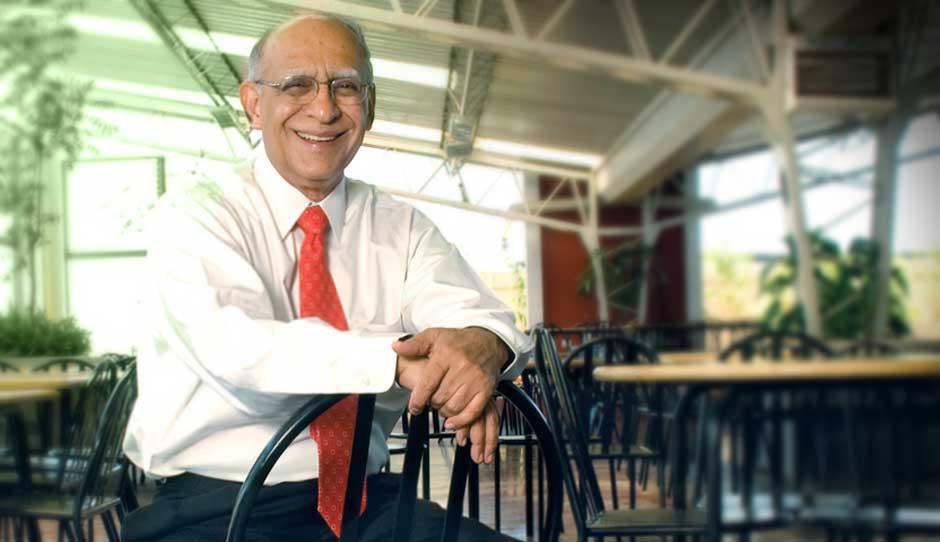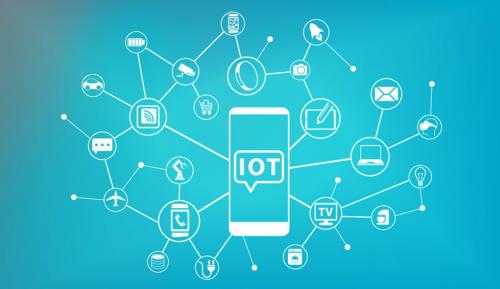How Ashok Soota Crowdsourced a New Logo Design
- BY Ira Swasti
 In Design
In Design 12519
12519 0
0

IT veteran Ashok Soota left his former job of 12 years at MindTree to start another IT firm, Happiest Minds in April 2011. He spent the next five months, from April to August 2011, setting up the brand of the company single-handedly. Soota had the name of his venture in place but designing a company logo that defined the company’s identity, without a team in place, was another matter altogether. So, Soota decided to crowdsource a logo design. He claims Happiest Minds is the first Indian corporate to have done that. But, has handing over the identity of his company to a bunch of strangers paid off?
THE BACKSTORY
After co-founding and running the $400 million Indian IT firm MindTree, it came as a surprise to most industry experts when Ashok Soota declared a sudden exit from the company to start another venture of his own. Soota says the rationale behind creating another IT venture was the underutilised and unexplored domain of new disruptive technologies such as cloud, mobility, social media and big data, in the country. “These technologies have seen a lot of change in the last decade, and yet not a single new IT company has focused on developing solutions using them,” Soota says. So in April 2011, the 71-year-old IT pioneer grasped the opportunity to lay the foundation of Happiest Minds, an IT services provider based in Bangalore whose core area of functioning is to combine these technologies to create solutions for manufacturing, retail, travel and media businesses. Over 14 months, the company has expanded to eight offices in the US, UK, India and Singapore.
THE PROBLEM
The company now may have eight offices around the world but for the first four months, Soota worked single-handedly to create a brand for his new venture. For Soota, the name of the company wasn’t a problem because he was clear about naming his company on a theme close to his heart—happiness. “It is evident that in an increasingly 24/7 world, happiness has taken a back seat,” Soota says. “Accordingly, we decided to create a company with a simple mission of creating both the happiest people and the happiest customers. But, designing a logo that could speak volumes of the firm’s brand, without a design or even a marketing team in place, wasn’t going to be easy. Even if the team was in place, Soota says designing the logo inhouse was never an option because that wasn’t his company’s core competence. The only other alternative was to hire a professional design organisation but that mean writing cheques worth tens of lakhs of rupees, a huge cost for a start-up.
Right from the beginning, Ashok Soota was clear that he wanted create a company with a simple mission of creating both the happiest people and the happiest customers.
THE NEXT STEPS
Soota decided to consult renowned marketing expert Jessie Paul, founder of marketing firm Paul Writer to come up with a solution. During one of their brainstorming sessions, the duo came up with the idea of tapping the crowd for ideas for a company logo.“The main driver of using crowdsourcing was not to save money but to tap into the creative abilities of a large group of people,” Soota says. He roped in two crowdsourcing platforms—Jade Magnet and Techgig—to launch a logo designing contest. Contributors were given a simple brief—to show what Happiest Minds means visually with the help of an image, a scribble, a photograph or anything that can be transformed into a visual brand identity. A cash prize of $2,000 was decided for the best design.
THE AFTERMATH
Branding is a complex exercise for the best of companies. To hand over a key aspect of the task—the visual identity of the brand—to a group of non-professional designers who might not even know the company’s core business—might seem like a risky proposition but Soota says, it worked beautifully for them. The crowdsourcing contest began in May 2011. In two months, Happiest Minds received nearly 1,500 logo design submissions. The top 150 ideas were picked out and put to popular vote on Jade Magnet and Techgig. From that emerged a short-list of 25 finalists to be presented to a jury comprising of design and marketing experts including R Sridhar, Geetha Narayanan Rukmini Krishnaswamy and Jessie Paul along with Soota. The winning design was one in which a half figure of a person had its arms open and raised with three idea sticks hovering over its head. It was sent by Jemin Shingala, a software professional based in New Jersey. The multi-coloured scheme of the design was replaced by a green and yellow combination by Bangalore’s famous Srishti School of Art Design and Technology (its director Geetha Narayanan was on the jury) to make the design easier to reproduce, and add to the happiness quotient.
The crowdsourcing contest turned out to be both innovative and cost effective."
- Ashok Soota
THE TAKEAWAY
“We were not crowdsourcing to save money. Our goal was to democratise the process, get more participation and fresh ideas,” Soota says. “However, the crowdsourcing contest turned out to be both an innovative and cost effective approach.” Using two crowdsourcing platforms instead of one was a wise decision as the company got access to two different sets of people pitching in with designs. While Jade Magnet attracted more independent international designers, Techgig brought in designs by technology professionals. The crowdsourcing, in fact, played a role beyond the creation of a logo. It helped introduce Happiest Minds to its target market. “It became a cost-effective way to create a buzz around our company. It provided us with an opportunity to share the story behind the name of the company and be known among our target audience even before we had a logo,” Soota says.





























Add new comment